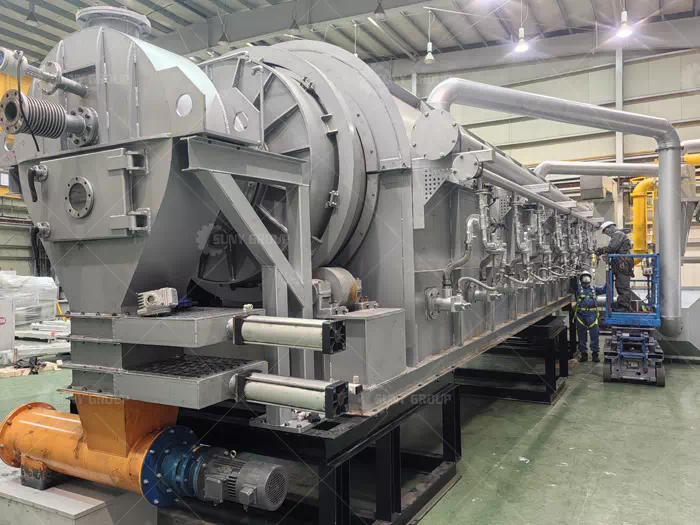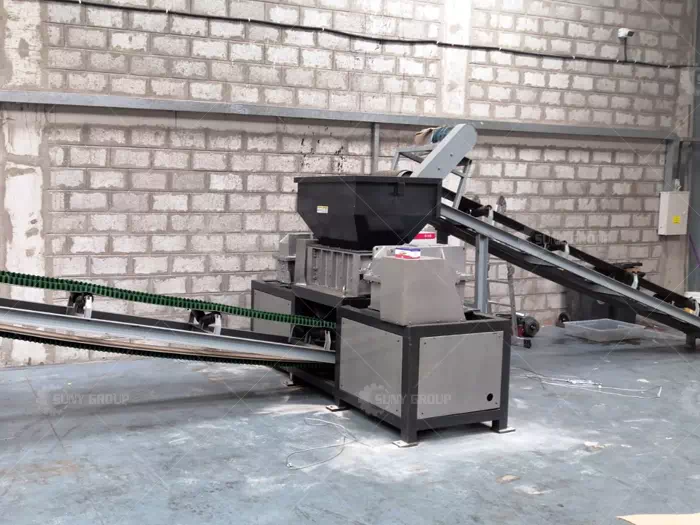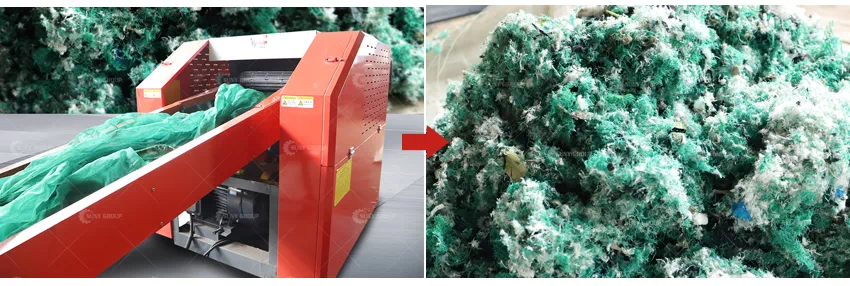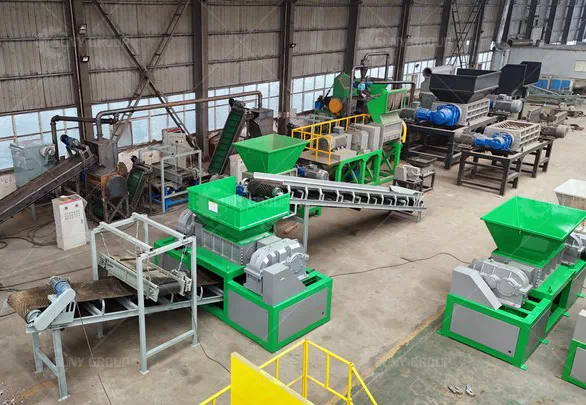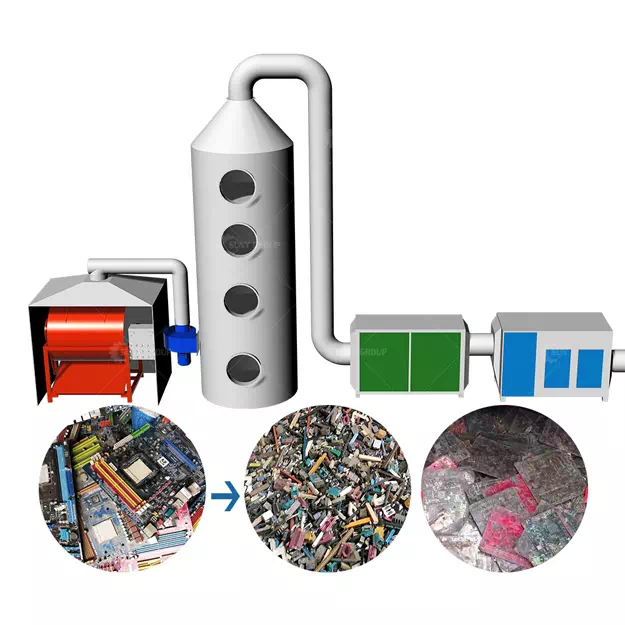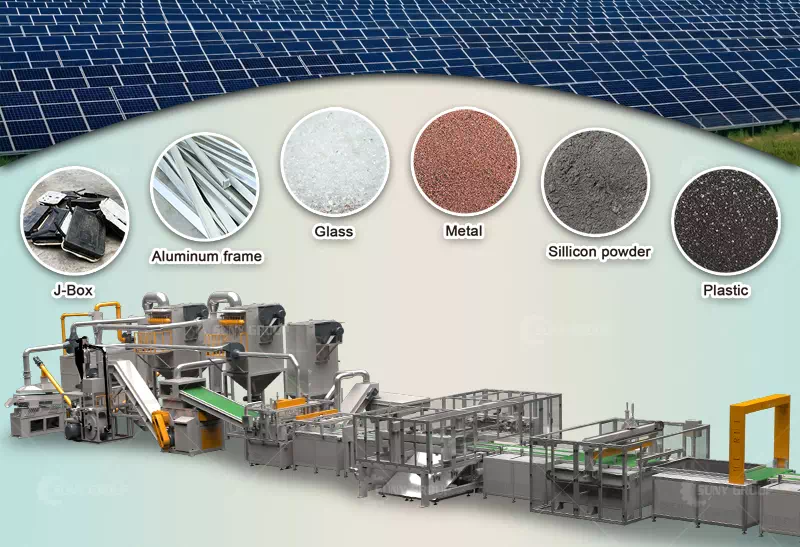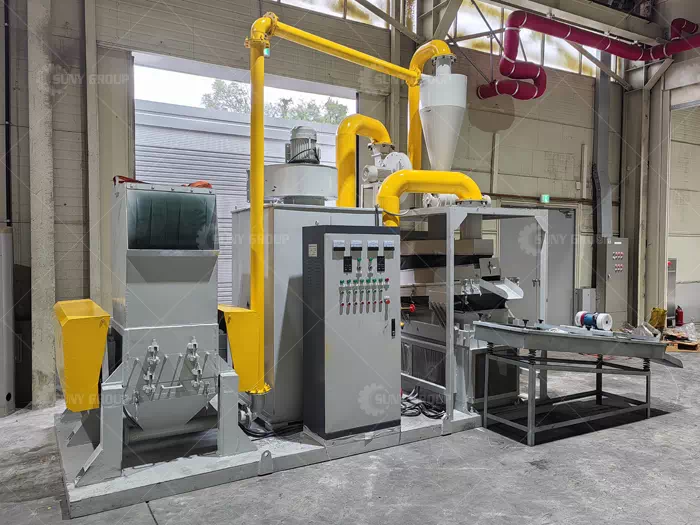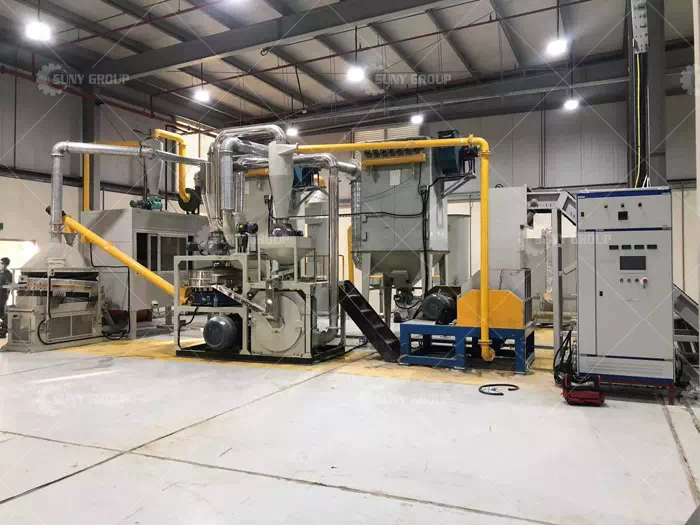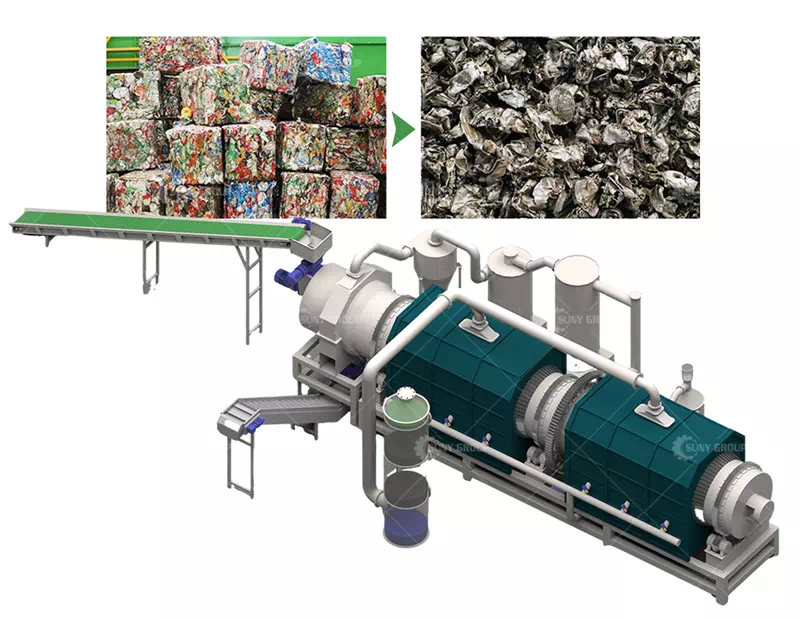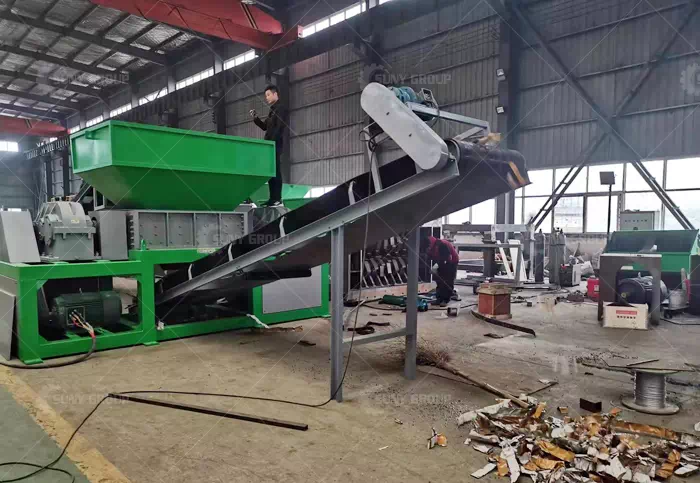In the waste recycling industry, Continuous Charcoal Oven Paint Removal Equipment is a key machine that is specifically designed to separate paint from aluminum cans. This equipment plays a vital role in the processing of used aluminum cans, helping recycling plants to efficiently remove paint from the surface of aluminum cans, thus making the aluminum material easier to recycle.
1. Equipment Principle
The Continuous Charcoal Oven Paint Removal Equipment completely removes paint from the surface of aluminum cans by means of high-temperature charring. This equipment operates in a continuous mode and through a unique heating and treatment process, the paint on the surface of aluminum cans is carbonized into a form that can be easily separated.
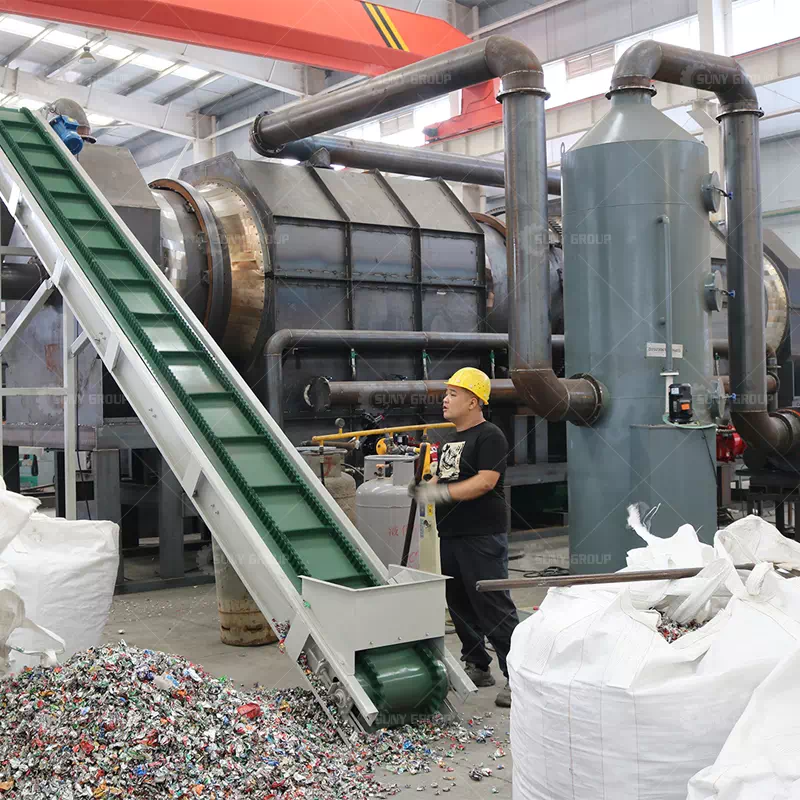
Machine That Separates Paint from Aluminum Cans
2. Workflow
The equipment will feed the used aluminum cans into the charring furnace and undergo a high-temperature charring process, which causes the paint to decompose into gas and ash at high temperatures and separate from the aluminum cans. Subsequently, the separated aluminum cans can be further processed for recycling.
3. Advantages and features
High efficiency: Continuous operation improves the processing efficiency, allowing a large number of aluminum cans to be quickly removed from the paint.
Environmentally friendly: the gas and ash produced during the carbonization process can be effectively disposed of, reducing the negative impact on the environment.
Energy-saving: The use of advanced heating technology reduces energy consumption and improves the energy-saving performance of the equipment.
4. Field of application
This continuous carbonization furnace paint removal equipment is widely used in the recycling industry of used aluminum cans, which helps recycling factories process a large number of used aluminum cans efficiently and provides reliable raw materials for the production of recycled aluminum materials.
Continuous Carbonization Oven Paint Removal Equipment plays an important role in the recycling industry of used aluminum cans and provides reliable support for the production of recycled aluminum materials by efficiently removing the paint on the surface of aluminum cans. The application of this equipment not only improves the recycling efficiency but also helps to reduce environmental pollution and promote the sustainable use of resources.




